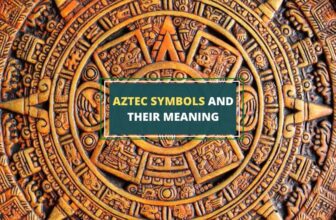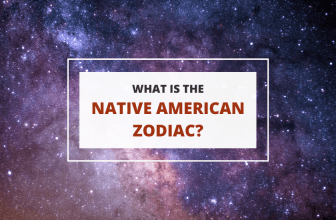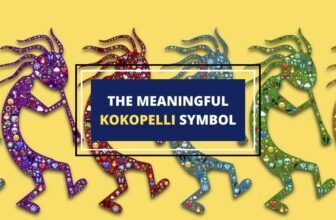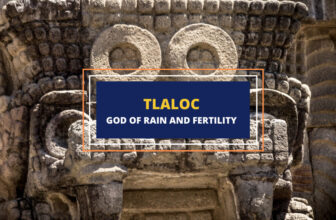
Table of Contents
Miquiztli is a sacred day of the trecena, the thirteen-day period, in the ancient Aztec calendar. It was represented by a skull, which was regarded by the Aztecs as a symbol of death.
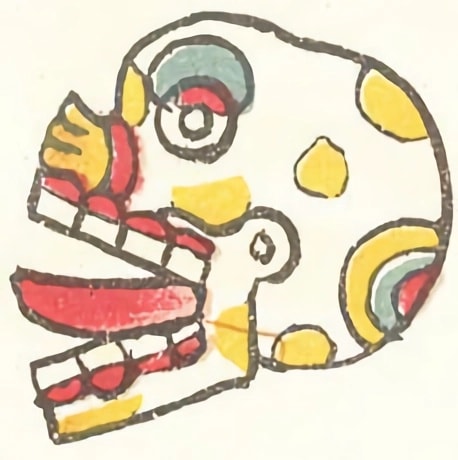
Miquiztli – Symbolism and Importance
The Aztec civilization existed from the 14th to the 16th centuries in modern-day Mexico and had complex religious and mythological traditions. They had two calendars, a 260-day calendar for religious rituals and a 365-day calendar for agricultural reasons. Both calendars had a name, number, and one or more associated deities for each day.
The religious calendar, also known as tonalpohualli, consisted of twenty trecenas (13-day periods). Each trecena was represented by a symbol. Miquiztli is the first day of the 6th trecena in the Aztec calendar, with a skull as its symbol. The word ‘Miquiztli’ means ‘death’ or ‘dying’ in Nauhatl and is known as ‘Cimi’ in Maya.
Miquiztli was considered a good day for reflecting on one’s past, present, and future. It was a day set aside to reflect on the priorities of life and was believed to be a bad day for ignoring opportunities and possibilities. Day Miquiztli was also associated with transformation, representing the movement from old endings to new beginnings.
The Governing Deities of Miquiztli
The day Miquiztli was ruled by Tecciztecatl, the god of the moon, and Tonatiuh, the sun god. Both were highly significant deities in Aztec mythology and featured in a number of myths, the most famous being the story of the rabbit on the moon, and the creation myth.
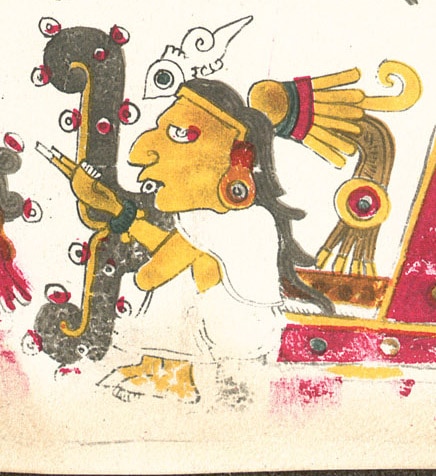
How Tecciztecatl Became the Moon
According to the myth, the Aztecs believed that the universe was dominated by sun gods. After the fourth sun was wiped out, the people built a bonfire to sacrifice a volunteer to become the next sun.
Tecciztecatl and Nanahuatzin came forward to volunteer for the honor. Tecciztecatl hesitated at the last minute of the sacrifice, but Nanahuatzin, who was far more courageous, jumped into the fire without a moment’s thought.
Seeing this, Tecciztecatl quickly jumped into the fire after Nanahuatzin and as a result, two suns were formed in the sky. The gods, angry that Tecciztecatl had hesitated, threw a rabbit at the god and its shape was imprinted on him. This dimmed his brightness until he could be seen only at night.
As the lunar deity, Tecciztecatl, was also associated with transformation and new beginnings. This is why he was chosen as the main governing deity and life provider of the day Miquiztli.
Tonatiuh in the Creation Myth
Tonatiuh was born from Nanahuatzin’s sacrifice and he became the new sun. However, he would not move across the sky unless he was offered a blood sacrifice. The deity Quetzalcoatl removed the hearts of the gods, offering them to Tonatiuh who accepted the offering and set himself into motion.
From then on, the Aztecs continued to sacrifice humans, offering their hearts to Tonatiuh to strengthen him.
Aside from governing the day Miquiztli, Tonatiuh is also the patron of the day Quiahuit, which is the 19th day in the Aztec calendar.
Miquiztli in the Aztec Zodiac
It was believed that those born on the day Miquiztli have their life energy given to them by Tecciztecatl. They’re shy, introverted, have low self-confidence and have trouble freeing themselves from the gaze of other people.


